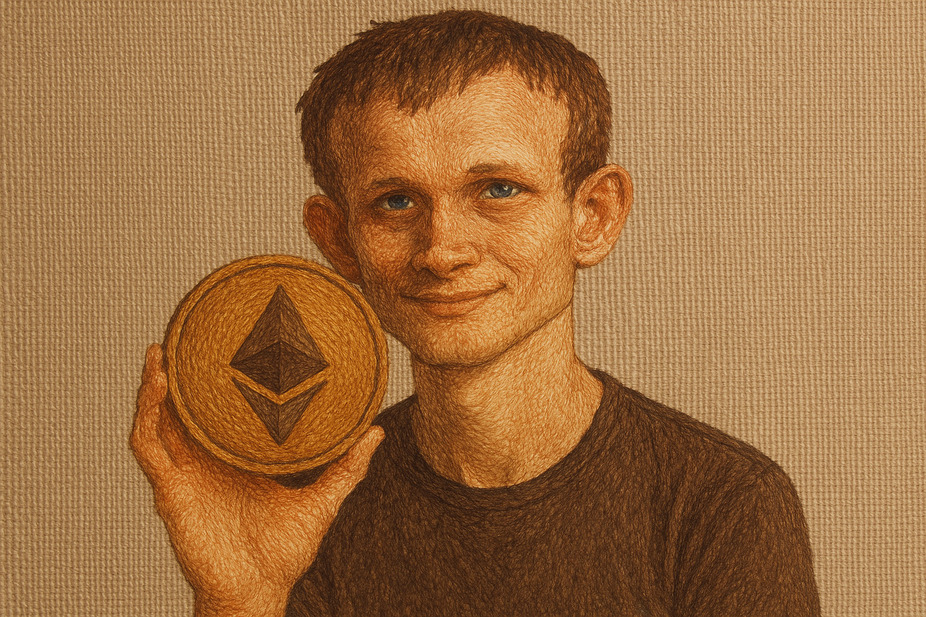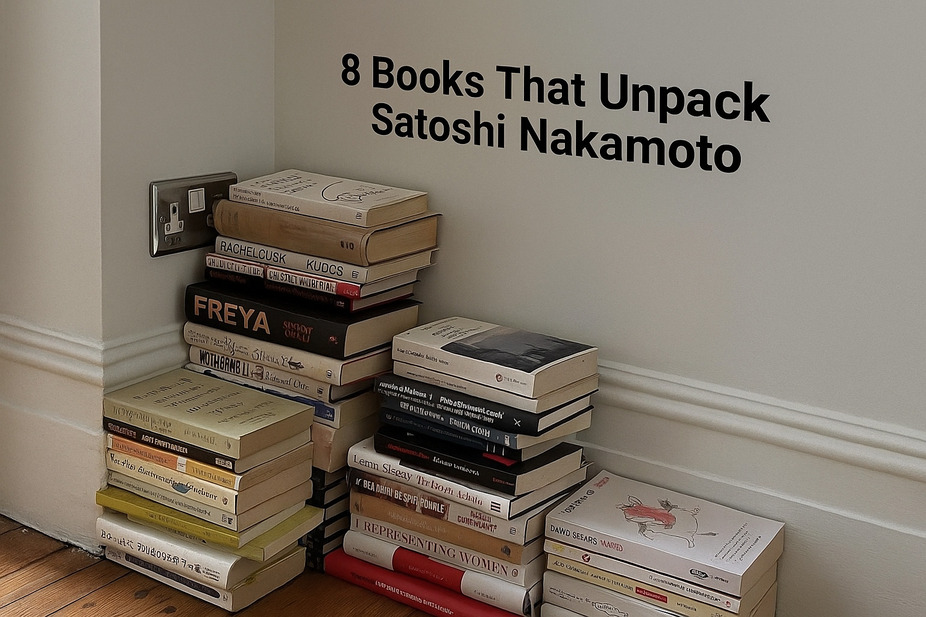What is DeFi?

In recent years, DeFi platforms have emerged as one of the most disruptive innovations in the financial world. Short for Decentralized Finance, DeFi removes intermediaries like banks or brokers from financial transactions. Instead, it enables people to access financial services using blockchain-based protocols. But what is a DeFi platform in practice, and how does it work?
What are DeFi platforms and how do they work?
A DeFi platform is a decentralized application that operates on a blockchain (typically Ethereum) and allows users to lend, borrow, trade, and earn interest without relying on centralized institutions. These platforms are powered by smart contracts, which execute transactions automatically based on predefined rules. This makes interactions faster, transparent, and less prone to human error.
DeFi platforms are known for the following key features:
- non-custodial access — users control their assets without third-party custody;
- interoperability — DeFi tools and services often connect;
- transparency — all transactions are recorded on public ledgers;
- open access — anyone with a wallet and internet can participate.
Together, these features form the foundation of modern DeFi crypto platforms, offering a more open and inclusive alternative to traditional finance.
Decentralized exchanges: the heart of DeFi trading
A DeFi exchange, also called a decentralized cryptocurrency exchange, allows users to trade tokens directly from their wallets using smart contracts, without handing control to a third party. This contrasts with centralized exchanges that hold users’ funds and private keys.
DeFi trading platforms operate through automated systems like AMMs (automated market makers) and use liquidity pools instead of order books. Prices are algorithmically determined based on supply and demand within these pools. The lack of intermediaries enhances security and privacy but also requires users to understand the mechanics of self-custody and transaction fees.
Top DeFi protocols powering the ecosystem
Some of the most widely used DeFi protocols include Uniswap, Aave, MakerDAO, Curve Finance, and Compound. Each has carved out a specific niche in the DeFi ecosystem. For example, Uniswap facilitates token swaps, Aave specializes in decentralized lending and borrowing, and MakerDAO is known for the DAI stablecoin. These protocols differ in focus, but all rely on decentralized blockchain infrastructure and smart contracts to operate securely and without centralized control.
They form the backbone of the DeFi movement, collectively handling billions of dollars in daily transactions while enabling financial services previously limited to traditional institutions.
DeFi Apps: real-world uses and examples
DeFi apps, or decentralized applications, bring DeFi functionality directly to users through blockchain interfaces. These apps allow people to lend and borrow assets, provide liquidity, earn passive income, and manage portfolios — all within decentralized environments.
Some apps focus on trading and yield farming, while others offer tools for creating synthetic assets or tokenized securities. The key advantage of a DeFi app is that it eliminates intermediaries, offering users both autonomy and new economic opportunities through a permissionless system.
Why DeFi? Key benefits over traditional finance
Compared to traditional finance, DeFi crypto exchange platforms and apps offer many unique advantages. They are open to anyone, censorship-resistant, and provide real ownership of assets.
Here are four main benefits of using DeFi platforms:
- accessibility — anyone with a crypto wallet can access financial services globally;
- ownership — users retain full control over their assets and private keys;
- innovation — rapid development of new financial tools and strategies;
- earning potential — yield farming, liquidity mining, and other passive income streams.
This shift gives users more freedom and options, especially in regions underserved by traditional financial institutions.
DeFi risks and challenges you should know
Despite its benefits, DeFi carries important risks. The most common include smart contract vulnerabilities, which can be exploited if the code is flawed or unaudited. Additionally, regulatory uncertainty poses a risk to platforms and users as governments define rules around digital assets. Volatility in token values, lack of consumer protection, and the complexity of navigating DeFi apps also limit adoption for new users.
What’s next for DeFi: future trends and potential
The future of DeFi looks promising. With continuous development in scalability, cross-chain integration, and user experience, DeFi trading platforms are becoming more accessible and reliable. We can expect further innovations like decentralized identity, DAO governance models, and tokenized real-world assets to gain momentum.
As global interest in DeFi crypto exchanges grows, these tools may redefine finance itself, moving from centralized control to truly open, programmable money with platforms like ironwallet.io helping users navigate and securely manage this evolving landscape.












